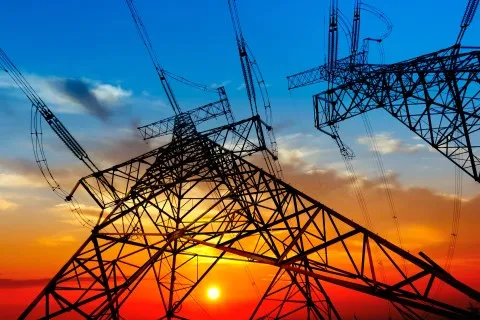
India must inject USD83.35b in renewable energy market until 2022
If it's serious about hitting 72,400MW capacity.
According to a new report from Research and Markets, India has set a target of achieving overall renewable energy installed capacity of 41,400 MW by 2017 and 72,400 MW by 2022.
To achieve this target, India will have to add 40,130.39 MW of renewable energy installed capacity. To achieve a target of 72,000 MW of installed capacity for renewable energy India will have to invest around US$ 46.22 billion.
Almost similar investment will be made in upgrading the transmission and distribution (T&D) infrastructure and old renewable plants which will reach their end of life. This report estimates that India will have to invest US$ 83.35 billion in the renewable energy market till 2022.
Here's more from Research and Markets:
India has the world's fifth-largest electricity generation capacity which currently stands at 243 GW. Renewable energy including large hydro constitutes for only 28.8% of overall installed capacity in India. The total renewable energy potential from various sources in India is 2,49,188 MW.
Up until 31st March 2014 India has been able to achieve only 12.95% of its renewable energy potential. The untapped market potential for overall renewable energy in India is 216918.39 MW which shows huge growth potential for renewable energy in India.
The power sector in India is highly diverse with varied commercial sources for power generation like coal, natural gas, hydro, oil and nuclear as well as unconventional sources of energy like solar, wind, bio-gas and agriculture. The demand for power has been growing at a rapid rate and overtaken the supply, leading to power shortages in spite of manifold growth in power generation over the years.
Focused efforts are going on to bridge this demand-supply gap by way of policy reforms, participation from private sector and development of the Ultra Mega Power Projects (UMPP). The power sector offers tremendous opportunities for investing companies due to the huge size of the market, growth potential and returns available on capital.
Industrialization, urbanization, population growth, economic growth, improvement in per capita consumption of electricity, depletion of coal reserve, increasing import of coal, crude oil and other energy sources and the rising concern over climate change have put India in a critical position. It has to take a tough stance to balance between economic development and environmental sustainability. One of the primary challenges for India would be to alter its existing energy mix which is dominated by coal to greater share of cleaner and sustainable sources of energy.













 Advertise
Advertise











